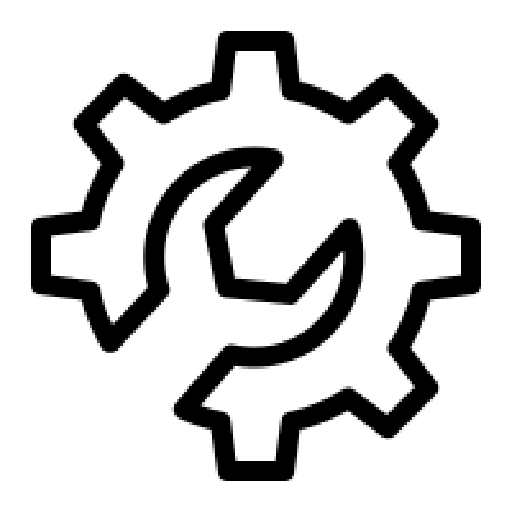EFFECT OF PARALLEL MISALIGNMENT IN ROTATING MACHINERY
Abstract
Misalignment of shaft in rotating systems is one of the most common faults. Improper aligning of shafts through couplings often leads to severe vibration problems in many rotating machines. Vibration monitoring is a useful technique which provides valuable information regarding symptoms of machinery failures, and in turn may avoid costly breakdowns. In the present paper experiment investigation of parallel misalignment in rotating machinery is presented.
References
M.Xu ,R.D. Marangoni(1994) “ Vibration Analysis of Motor-Flexible Coupling-Rotor System Subject to Misalignment and Unbalance, Part-I:Theoretical Model and Analysis”, Journal of Sound and Vibration, pg.663-679.
M.Xu ,R.D. Marangoni(1994) “ Vibration Analysis of Motor-Flexible Coupling-Rotor System Subject to Misalignment and Unbalance, Part-II: Experimental Validation”, Journal of Sound
and Vibration, pg.681-691.
A.S. Sekhar and Prabhu, (1995) “Effect of coupling misalignment on vibrations of rotating machinery” , Journal of Sound and Vibration 185(4) Pg.655-671
K.M.AI-Hussian, I.Redmond(2002) , “Dynamic Response of Two Rotors Connected by Rigid Mechanical Coupling with Parallel Misalignment”, Journal of Sound and Vibration 249(3)pg. 483-498
A.W. Lees(2007) “ Misalignment in Rigidly Coupled Rotors’’, Journal of Sound and Vibration pg.261-271
G.N.D.S. Sudhakar, A.S. Sekhar(2011) “Identification of Unbalance in A Rotor Bearing System”Journal of Sound and Vibration (330) 2299-2313
J. Piotrowski(2006) Shaft Alignment Handbook, 3rd edition M.Dekkor,Inc New York U.S.A

In submitting the manuscript to the International Journal on Integrated Education (IJIE), the authors certify that:
- They are authorized by their co-authors to enter into these arrangements.
- The work described has not been formally published before, except in the form of an abstract or as part of a published lecture, review, thesis, or overlay journal.
- That it is not under consideration for publication elsewhere,
- The publication has been approved by the author(s) and by responsible authorities – tacitly or explicitly – of the institutes where the work has been carried out.
- They secure the right to reproduce any material that has already been published or copyrighted elsewhere.
- They agree to the following license and copyright agreement.
License and Copyright Agreement
Authors who publish with International Journal on Integrated Education (IJIE) agree to the following terms:
Authors retain copyright and grant the International Journal on Integrated Education (IJIE) right of first publication with the work simultaneously licensed under Creative Commons Attribution License (CC BY 4.0) that allows others to share the work with an acknowledgment of the work's authorship and initial publication in this journal.





1.png)
